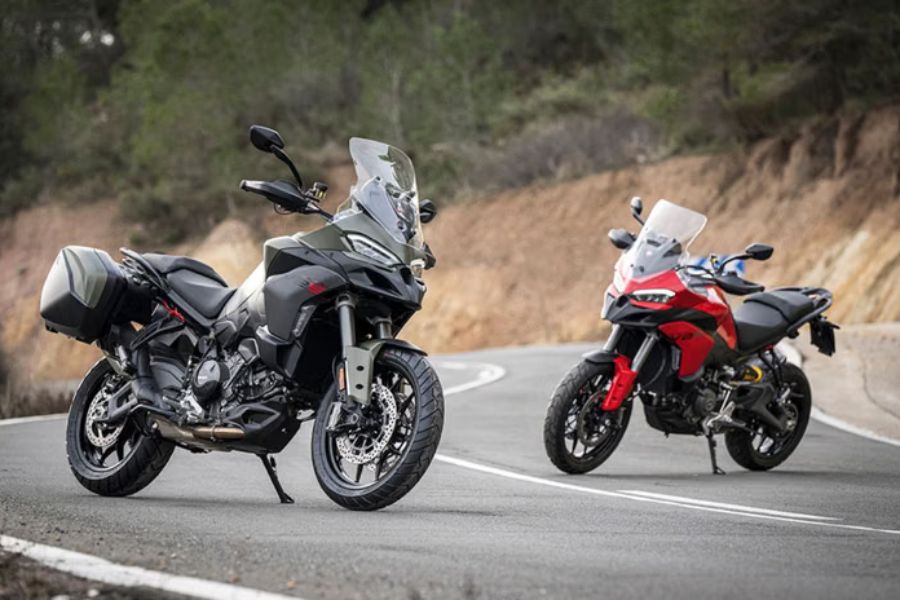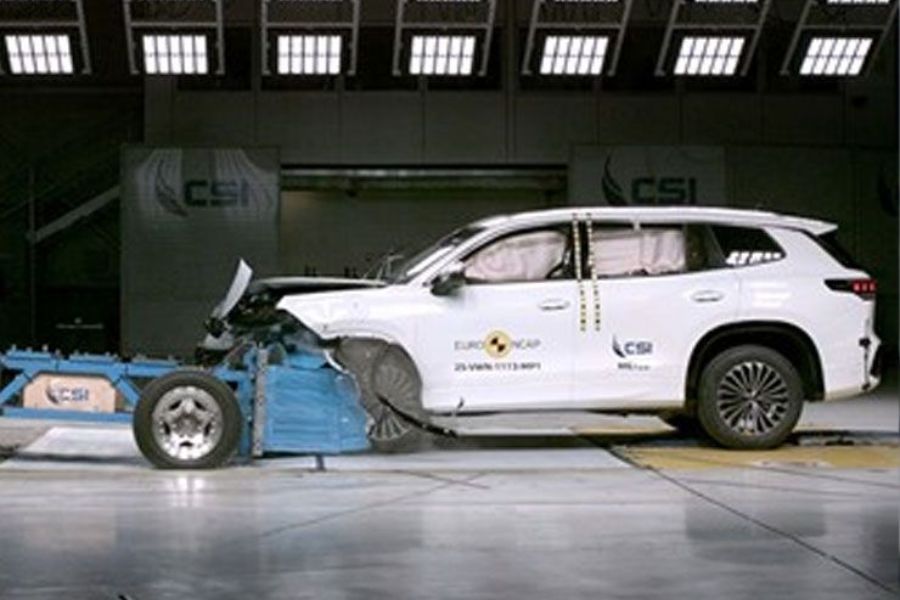Isuzu Motors India has achieved a major milestone by producing its 1,00,000th vehicle at its Sri City facility in Andhra Pradesh. The landmark unit was a D-Max V-Cross, the brand’s popular pickup truck that competes with the Toyota Hilux.
Since beginning operations at the Sri City plant in April 2016, Isuzu has steadily expanded its production capabilities. In 2020, the introduction of Phase 2 brought advanced facilities like a press shop and an engine assembly unit. Over the years, the facility has manufactured more than 14 lakh pressed parts, reflecting Isuzu’s commitment to its “Make in India” initiative. The company has also doubled its production capacity for both vehicles and engines in the last two years.
Rajesh Mittal, President and Managing Director of Isuzu Motors India, highlighted the company’s achievements: “We take pride in reaching this significant milestone, which showcases our dedication to quality and innovation. Our workforce is a testament to this commitment—22 percent of the production line team comprises talented women, and 100 percent of the team are diploma engineers, reflecting our focus on diversity and skill development.”
During the first half of FY2025 (April to September), Isuzu emerged as India’s leading commercial vehicle exporter, shipping 9,745 units and capturing a 27 percent market share, according to the Society of Indian Automobile Manufacturers.
Toru Kishimoto, Deputy Managing Director of Isuzu Motors India, emphasized the company’s long-term vision: “India is a critical market for us, full of potential. We remain committed to offering innovative and value-driven mobility solutions tailored to the needs of Indian customers.”
Isuzu’s current product portfolio includes the D-Max V-Cross, Hi-Lander, and mu-X SUV, all of which were recently updated to comply with Real Driving Emissions (RDE) norms. These updates include features like idle start-stop systems, low-friction tyres, and transmission fluid warmers for automatic models, further enhancing efficiency and performance.
Read More:




